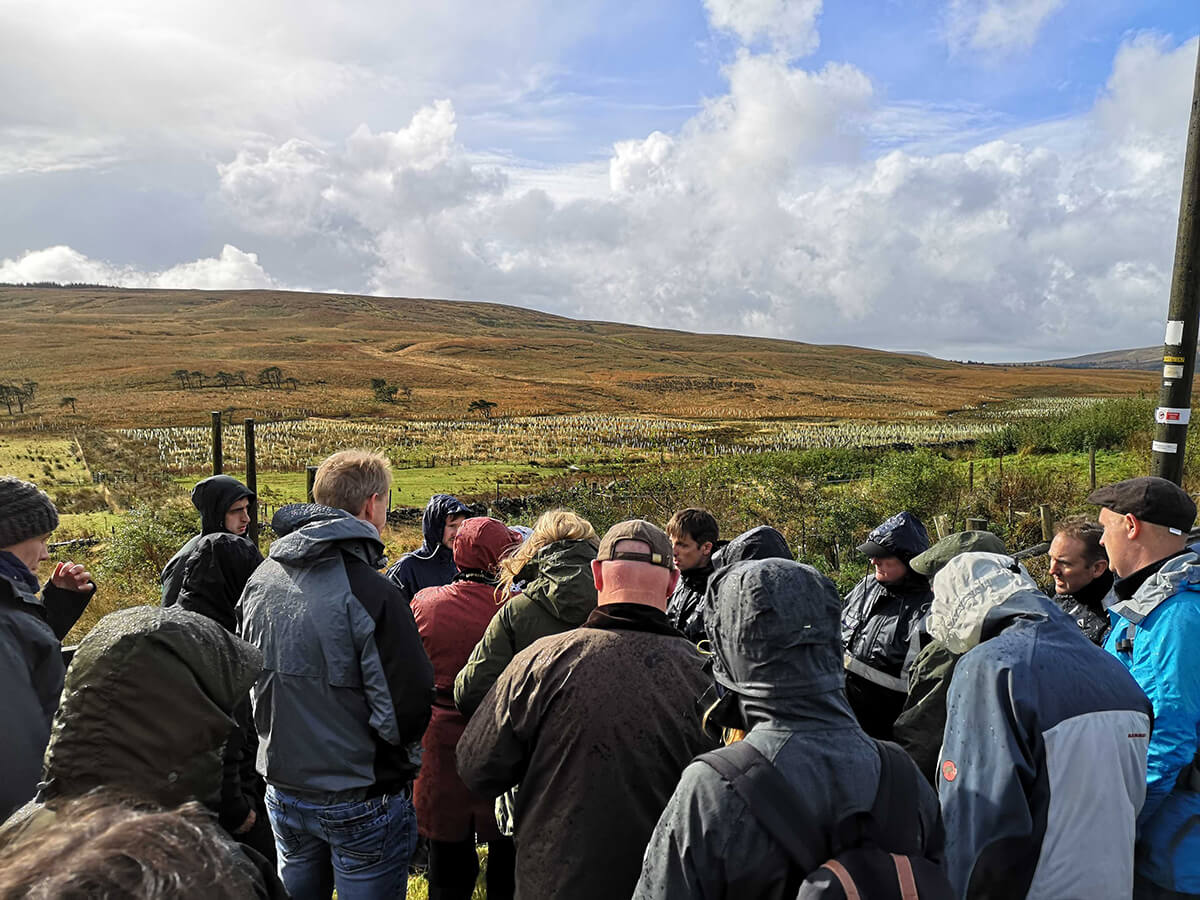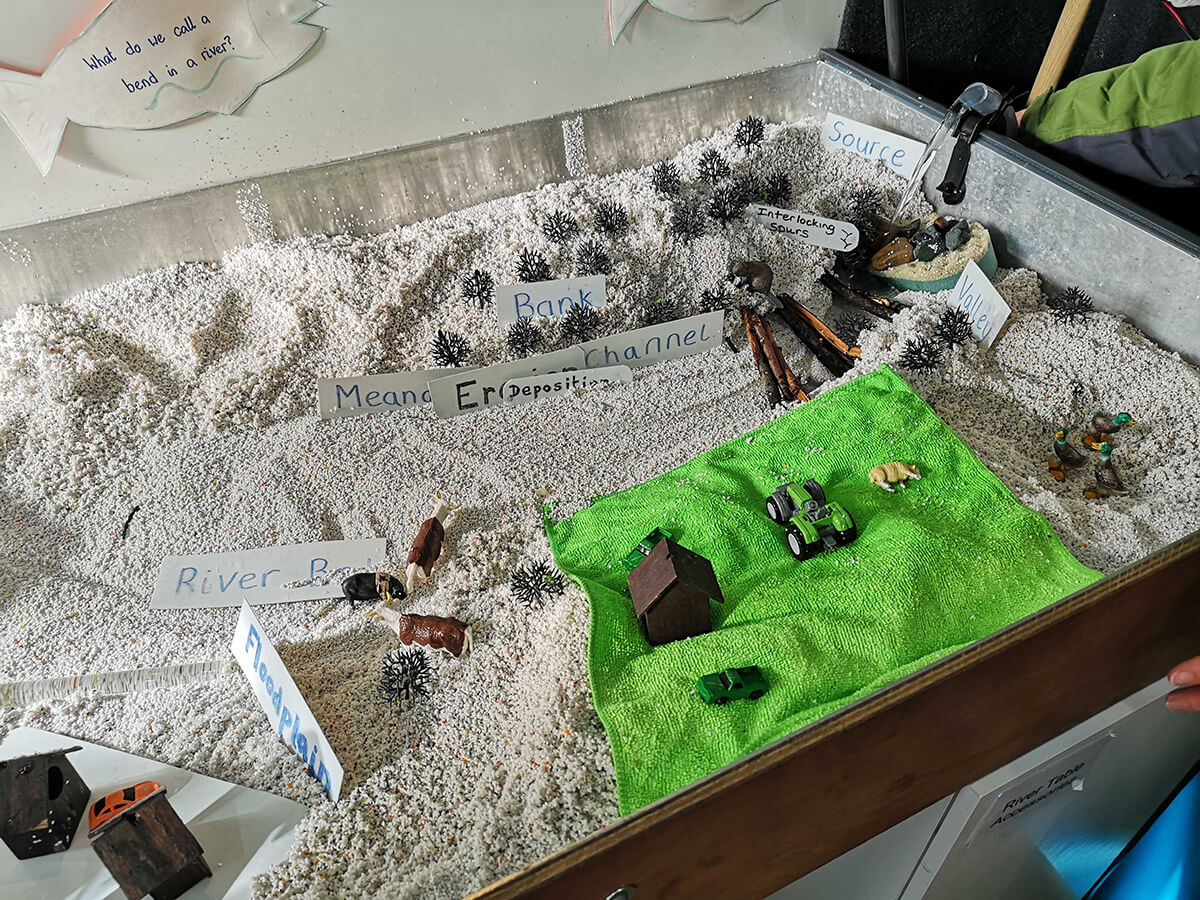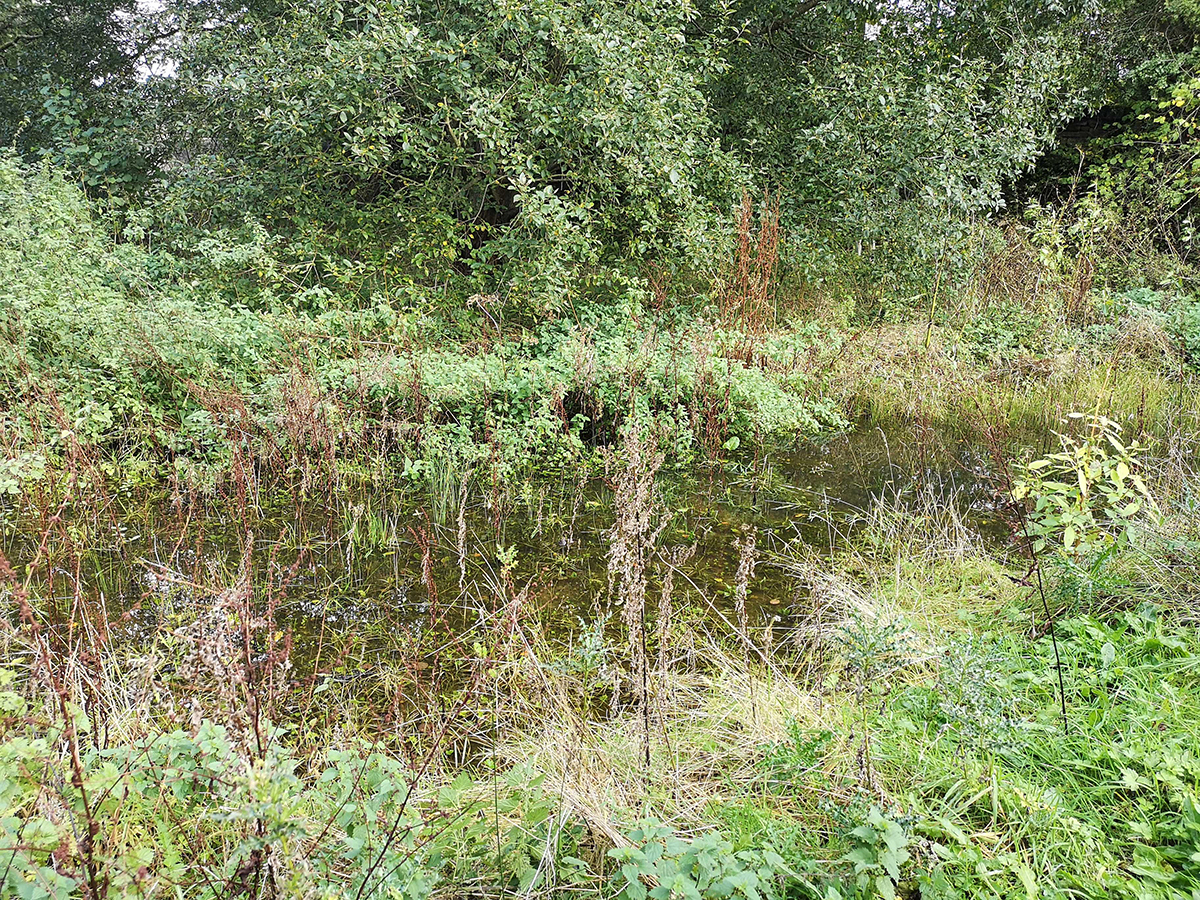Rivers Trust Autumn Conference 2019
Emily Cooper
16/10/19
We've just about recovered from the Rivers Trust Autumn Conference 2019, so here's our roundup!
On the 8th of October, delegates awoke to a bizarrely sunny morning in York. Guests poured into the conference venue, and a day of talks began. If you'd like to see some of the presentations from the day, please take a look at the event page where you can download them.
The conference focussed on cross-sector collaboration and governance - building resilience and delivering impacts. The conference was hosted by Yorkshire Dales Rivers Trust and supported by the NSR Interreg project, WaterCoG. Speakers included local Rivers Trusts, Yorkshire Water, United Utilities, Sustainable Futures & Yorkshire Agriculture Forum and Ilkley & Addingham community group. We also heard from partners in Sweden, Denmark and the Netherlands about their approaches to governance and community engagement.
The day of talks was rounded to a close with an evening dinner, but the event wasn't over yet. The next day, Yorkshire Dales Rivers Trust invited us to visit several projects they've been working on.
 Take a look at the photo above. At first glance, it looks normal - but take a closer look. See all of those white flecks in the distance? They're new trees! Once they're fully grown, these saplings will play an important role in intercepting rainwater and stabilising the soil. Tree planting is just one of the methods used at Oughtershaw; a plethora of techniques have been implemented, including...
Take a look at the photo above. At first glance, it looks normal - but take a closer look. See all of those white flecks in the distance? They're new trees! Once they're fully grown, these saplings will play an important role in intercepting rainwater and stabilising the soil. Tree planting is just one of the methods used at Oughtershaw; a plethora of techniques have been implemented, including...
 We headed down the road to a couple of sites where NFM has already been implemented on the farm. One site had a scrape which, judging by the amount of water in it, was doing a fantastic job. The same site also had a mix of saplings planted, which—when they grow up a bit—will perform an invaluable role intercepting rainfall. At the next location, runoff from the road surface had been diverted through a small section of woodland, slowing the flow of water and helping to filter out contaminants before they polluted the river.
We headed down the road to a couple of sites where NFM has already been implemented on the farm. One site had a scrape which, judging by the amount of water in it, was doing a fantastic job. The same site also had a mix of saplings planted, which—when they grow up a bit—will perform an invaluable role intercepting rainfall. At the next location, runoff from the road surface had been diverted through a small section of woodland, slowing the flow of water and helping to filter out contaminants before they polluted the river.
 Thanks to everyone that joined us for the conference and site visit. We're already looking forward to the next one!
Thanks to everyone that joined us for the conference and site visit. We're already looking forward to the next one!
This post is supported by WaterCo-Governance (WaterCoG) project under the Interreg North Sea Region VB programme, funded by the European Regional Development Fund
Yorkshire Dales Site Visit
Oughtershaw Natural Flood Management
We followed a winding road through the Yorkshire Dales, passing through low clouds before emerging in gorgeous sunshine, only to repeat the process all over again. There was a collective intake of air as our bus squeezed through a seemingly impassable gateway, getting away with just inches to spare. Eventually, the bus drew to a stop outside of a stone farmhouse. We had arrived at the Oughtershaw Natural Flood Management (NFM) demonstration site, located at the top of the Wharfe valley. Swarthghyll Farm, the first location on our tour, has been a central part of the WaterCoG project - transformed by NFM techniques. Across the land, a variety of natural interventions have been implemented to reduce flood risk. The day we visited was a perfect example; in the Dales, when it rains, it pours. Take a look at the photo above. At first glance, it looks normal - but take a closer look. See all of those white flecks in the distance? They're new trees! Once they're fully grown, these saplings will play an important role in intercepting rainwater and stabilising the soil. Tree planting is just one of the methods used at Oughtershaw; a plethora of techniques have been implemented, including...
Take a look at the photo above. At first glance, it looks normal - but take a closer look. See all of those white flecks in the distance? They're new trees! Once they're fully grown, these saplings will play an important role in intercepting rainwater and stabilising the soil. Tree planting is just one of the methods used at Oughtershaw; a plethora of techniques have been implemented, including...
- Leaky dams: locally-sourced wood, pinned into place in the river channel to slow the flow
- Low-level earth bunds: low-lying ridges which encourage water to be held on the flood plain
- Offline ponds/scrapes: constructed, shallow ponds which can divert water during high rain
- Riparian buffer strips: strips left for vegetation next to the river
Goodall Dairy NFM
In the afternoon, we drove down from the hills to visit Goodall Dairy Farm. Standing in the welcome warmth of the Milk Churn restaurant, Roger Fawcus gave us a welcome speech, explaining the impact that NFM techniques had had on the business. We then headed back out, invited to visit the Rivers2U van. This van acts as a portable classroom, providing a fantastic space for children to learn more about rivers. The rivers table shown in the picture above helps children to understand how different factors impact our rivers; everything from surface runoff to NFM is covered in a child-friendly, engaging way. The van is also home to microscopes and other equipment which help children to better understand and appreciate our rivers. Experiences like this are hugely valuable, and we have no doubt that the Rivers2U van could inspire a whole new generation of conservationists! We headed down the road to a couple of sites where NFM has already been implemented on the farm. One site had a scrape which, judging by the amount of water in it, was doing a fantastic job. The same site also had a mix of saplings planted, which—when they grow up a bit—will perform an invaluable role intercepting rainfall. At the next location, runoff from the road surface had been diverted through a small section of woodland, slowing the flow of water and helping to filter out contaminants before they polluted the river.
We headed down the road to a couple of sites where NFM has already been implemented on the farm. One site had a scrape which, judging by the amount of water in it, was doing a fantastic job. The same site also had a mix of saplings planted, which—when they grow up a bit—will perform an invaluable role intercepting rainfall. At the next location, runoff from the road surface had been diverted through a small section of woodland, slowing the flow of water and helping to filter out contaminants before they polluted the river.
 Thanks to everyone that joined us for the conference and site visit. We're already looking forward to the next one!
Thanks to everyone that joined us for the conference and site visit. We're already looking forward to the next one!
This post is supported by WaterCo-Governance (WaterCoG) project under the Interreg North Sea Region VB programme, funded by the European Regional Development Fund
